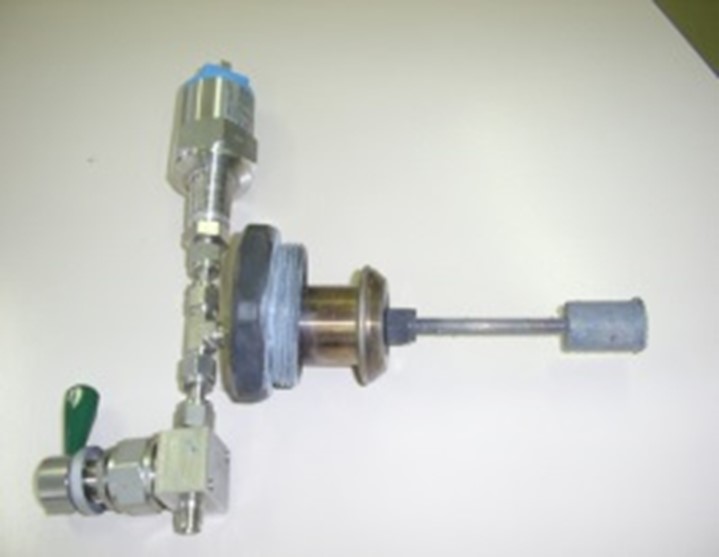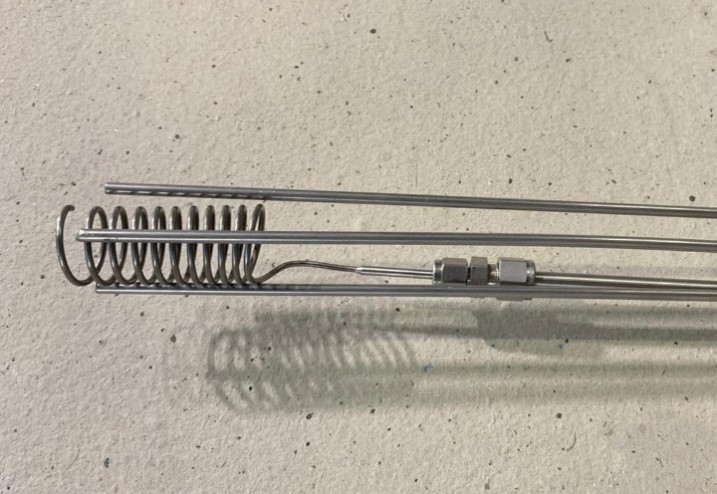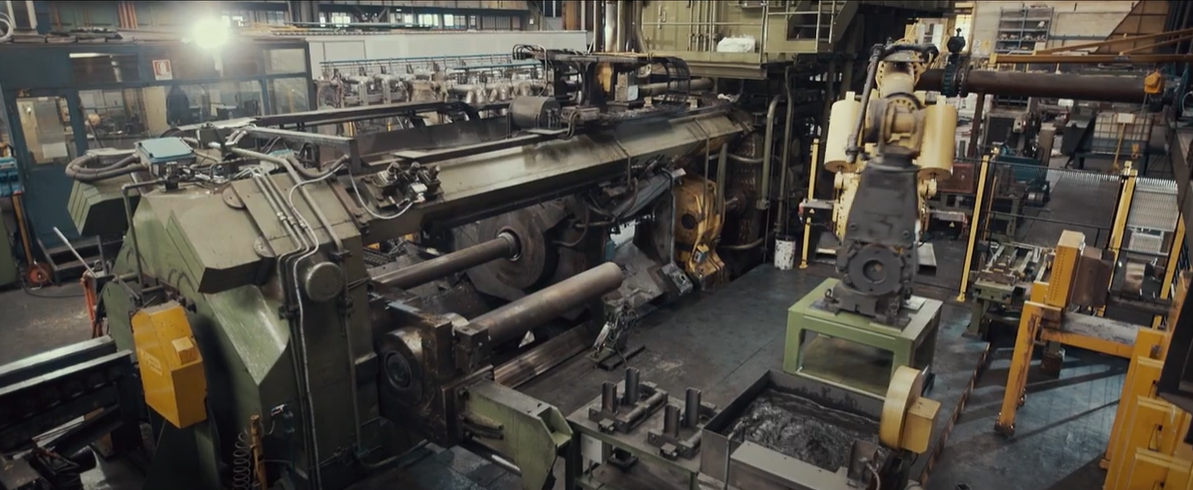A breakthrough in hydrogen detection is transforming the metallurgy industry, thanks to an innovative sensor initially developed for fusion research. The technology, originally designed to measure hydrogen isotopes in liquid lithium-lead (Li-Pb) alloys, has now been adapted for brass alloys, providing a new tool for monitoring hydrogen levels in high-pressure resistant materials.

The ENEA Brasimone Research Centre in Italy developed a hydrogen permeation sensor as part of the EUROfusion project. This sensor was designed to measure hydrogen concentration in liquid metals, a crucial capability for fusion reactors where hydrogen isotopes play a fundamental role in plasma reactions. The sensor operates by detecting hydrogen partial pressure in molten metals without interference from other dissolved gases, enabling more accurate measurements.
In its original application, the sensor contributed to improving the safety and efficiency of fusion reactors by providing precise hydrogen data for better plasma control. Now, this cutting-edge technology has been repurposed for an entirely different industry—brass metallurgy.

Almag, an Italian company and one of Europe’s leading brass manufacturers, saw potential in the fusion-derived sensor for its own production processes. The company specialises in producing brass bars and semi-finished non-ferrous alloy products, requiring precise control over hydrogen levels to enhance material properties and ensure high-pressure resistance.
Collaborating with ENEA, Almag embarked on a project to adapt the hydrogen sensor for molten brass, which has a significantly higher melting temperature and chemical reactivity compared to Li-Pb alloys. Several modifications were necessary, including selecting new materials for sensor durability and developing an inertisation system to prevent oxidation at the metal-air interface.

To ensure the sensor’s viability in molten brass, multiple tests were conducted. Before its installation, blank tests were performed to detect potential leaks and measure background noise. The insertion process was also simulated to identify and rectify any procedural flaws.
The first experimental test lasted six hours, with the sensor successfully operating in molten brass without any corrosion or oxidation. Encouraged by these results, a second test extended to 30 hours confirmed the sensor’s durability and reusability. This demonstrated that the adapted sensor could provide reliable hydrogen measurements in brass production, a capability previously unavailable with commercial solutions.
The successful adaptation of the hydrogen sensor presents significant opportunities for brass and other metal industries. Measuring hydrogen content in molten metals can help optimise manufacturing processes, improve material quality, and enhance the performance of high-pressure applications. The data acquired from these tests will be instrumental in guiding large-scale studies to understand hydrogen’s influence on final product integrity.
This innovation represents a promising step toward better hydrogen monitoring in brass metallurgy and beyond. Future applications could extend to other metal refining processes that require precise hydrogen measurement for quality assurance.
You can find the original website by clicking there and the link to the original press release :
You can also get in touch with us if you need any support